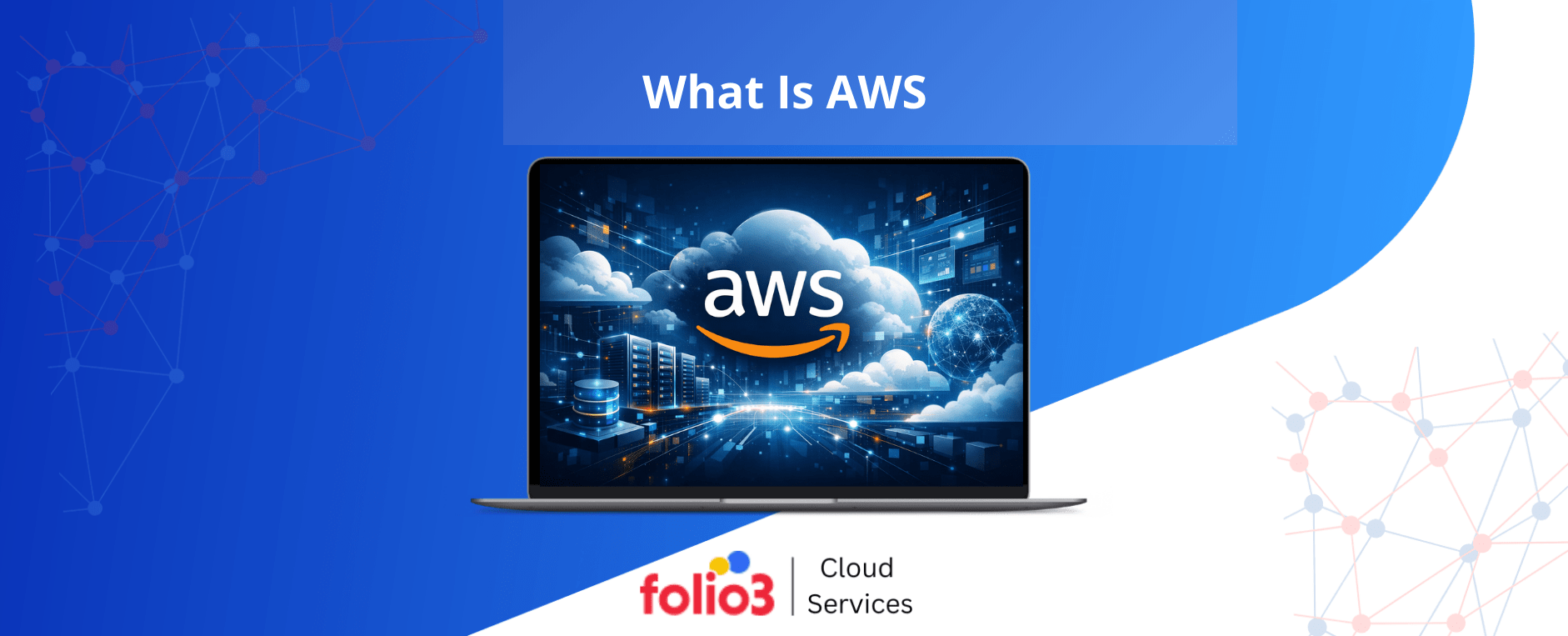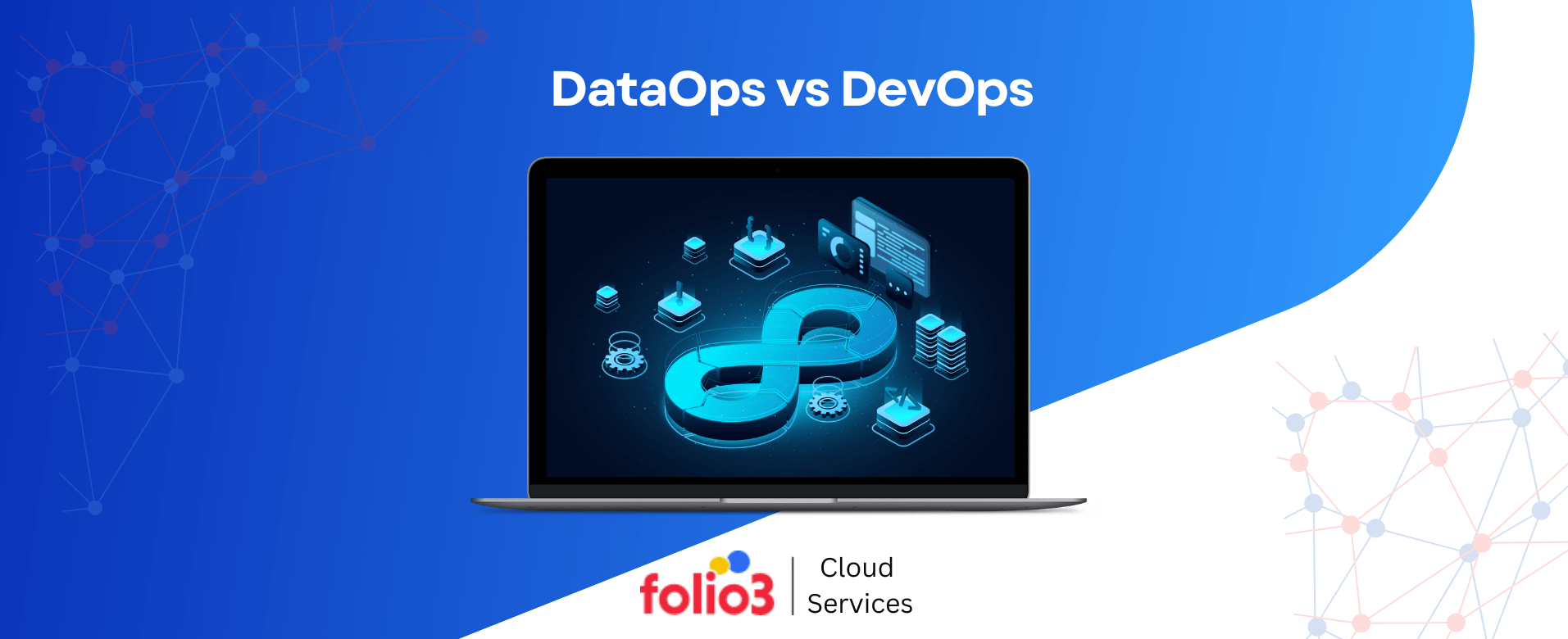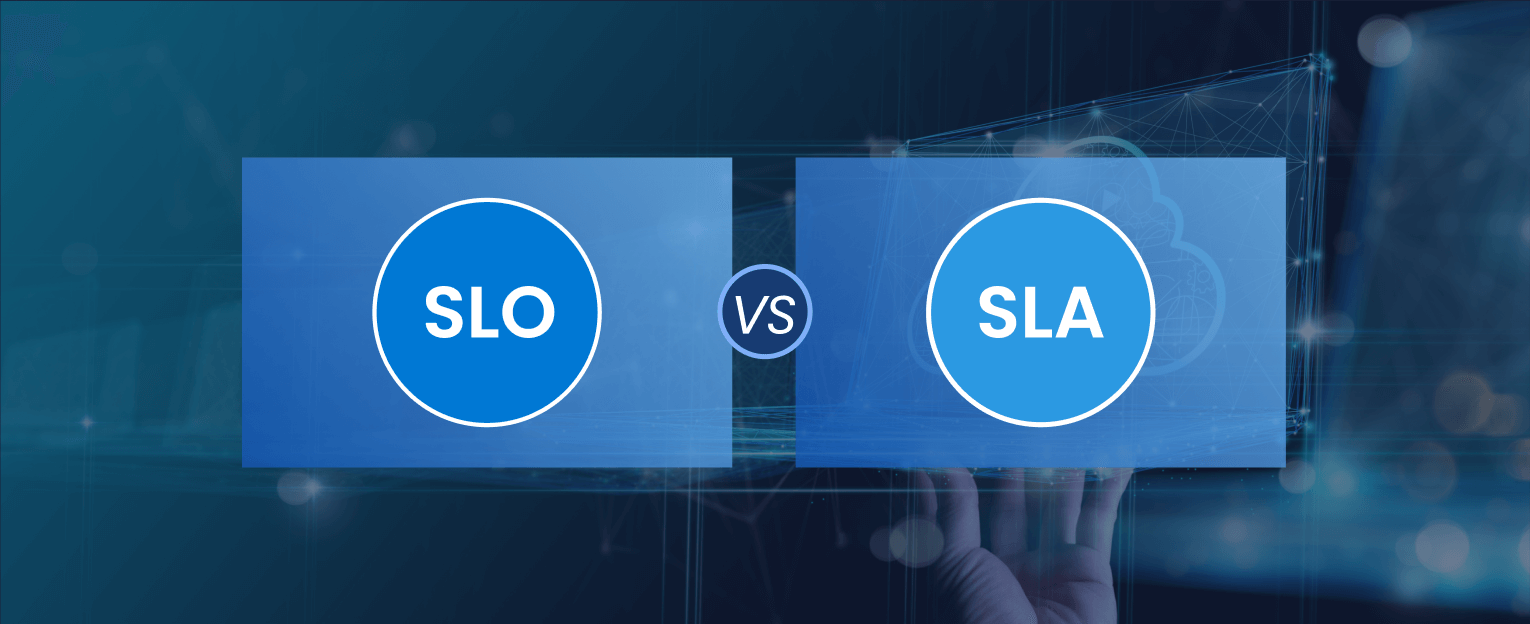Regarding modern software engineering, the fusion of development, operations, and security is not just a concept but a reality.
DevOps security is the amalgamation of these disciplines that brings developers and security engineers together, uniting them in an organization’s digital transformation journey.
This transformation, driven by a relentless pace, ensures the security of the entire software development process from its inception to its deployment.
The DevOps approach, which has led to a software delivery revolution, has theoretically made it possible to package up and deploy small and intermittent changes.
Automation is another dimensional facet in this exercise, as applications usually comprise many microservices deployed in containers in public or private cloud environments. These microservices are responsible for horizontal scalability and fault tolerance.
Besides the fact that DevOps may be harboring some security vulnerabilities, particularly when it comes to application security, is also problematic.
Microservices and containers that expand the whole software’s scale, facilitated by automatic delivery, create a vast field where new risks are likely to appear.
Thus, it is necessary to monitor and protect from incidents very attentively. The expansion of tools in the DevOps environment makes the scenario more complicated.
Each requires a proficiency level and quick ability to act with the availability of critical tools.
In today’s dynamic software industry, the ability to adapt applications as the environment evolves is not a luxury but a necessity. DevOps security should identify and address existing challenges and adopt and adhere to best practices.
This approach to DevOps security is not just about mitigating risks but also about innovating while safeguarding digital assets.
What is DevOps Security?
DevOps security, commonly known as DevSecOps, involves security practices intertwined with the DevOps pipeline, enabling security teams to collaborate throughout software development’s life cycle.
It tries to circumvent the security problems associated with fast software launch and deployment, which the DevOps development methods enable.
The shared responsibility of the Security Team for Security at the center of DevOps includes the Development, Operations, and Security Team.
DevOps Security aims to avoid security as a sole function by integrating the whole range of security measures and protocols in a software development lifecycle (SDLC) from the creation of coon deployment.
Such an approach means using security controls, automated test monitoring performed at each phase, and continuous tracking using embedded security in the software development process.
DevOps Security discovers and secures vulnerabilities from the beginning of the project, minimizing the risk of security breaches and guaranteeing the security of the programs and the data.
Critical aspects of DevOps Security include:
- Automation: Deploy automation gadgets and scripts to remove all the handwork of routine tasks, e.g., vulnerability scanning, application code analysis, and configuration management, and make processes more effective and consistent.
- Collaboration: Establishing joint efforts and coordination among the development, operations, and security squads through which they can work together and develop a shared understanding of security issues, goals, and best practices throughout the software development and maintenance lifecycle.
- Continuous Integration/Continuous Deployment (CI/CD): Security testing and validating are already integrated into CI/CD pipelines, and their automatic process detection and elimination of security issues as code is developed, tested, and put into production.
- Infrastructure as Code (IaC): Coding infrastructure configuration and incorporating security concepts such as least privilege access and encryption into deployment scripts will better secure infrastructure and maturity in organizational compliance.
- Threat Monitoring and Response: Establishing ongoing monitoring of applications and infrastructure for detecting and executing security commands in real-time and preventing the real-life impact of any possible breaches.

Boost DevOps security: Schedule a free consultation with our experts!
Take the first step towards a secure DevOps pipeline. Our experienced security experts are ready to assess your needs and provide tailored solutions. Schedule now!
How to Build a DevOps Security Culture?
Creating a DevOps security culture requires more than just implementing new technologies; it calls for an overhaul in the work culture, which involves the mindset and attitude of the employees, processes, as well as the skills and expertise of the team members in the organization
Here’s how you can cultivate a DevOps security culture effectively:
1. Change in Mindset
Encourage a transition in mindset where security is not considered an added task, for there are responsibilities for all the teams working on the development process.
Provide a lesson on the need for security at every part of the DevOps lifecycle, from the implementation to the deployment phase. Empower everyone to have a security mindset and not consider security to be the exclusive job of the security teams.
2. Change in Mechanism
Establish the roles, responsibilities, and a shared governing model for the development, operations, and safety staff. This would promote collaborative and communicative efforts.
Create an interaction model representing who is involved in the process and who makes security decisions. Mechanisms will be put in place that will enable the specific while DevOps is in place.
3. Change in Skillset
Identify the gap in skill set and improve the programs devoted to training and development directed towards uplifting, upgrading, and acquiring new knowledge concerning DevOps and security.
Trigger the development team with the necessary training and measures to appropriately integrate security into their daily jobs.
It also enables security engineers with the know-how and resources to work with other teams in harmonization and facilitates security becoming part of the DevOps process.
4 DevOps Security Challenges
DevOps practices have ushered in a new era of efficiency, collaboration, and rapid deployment. However, amidst the benefits of accelerated delivery cycles and continuous integration, organizations encounter significant challenges in ensuring the security of their DevOps environments.
As the boundaries between development, operations, and security blur, unique hurdles emerge that demand attention and strategic solutions. Below are the four critical challenges confronting DevOps security:
1. Organizational Opposition
One of the crucial elements of DevOps Security is the cultural change inside the companies since it requires a breakdown between the lines, supposedly tripping the development, operations, and security teams.
Hierarchical companies might fail to change their traditional structures, and the unwillingness of some stakeholders to participate in the new vision of security can inhibit the adoption of DevOps security practices.
Overcoming elemental opposition implies efficient communication, collaboration, and leadership to form a culture of shared ownership for security.
2. Security Vulnerabilities in the Cloud
The migration of corporate infrastructure and applications to the cloud is a new trend; however, new security issues also arise. Clouding environments introduce complexities, including a shared responsibility model, misconfigurations, and potential basepoint exposure to security threats.
DevOps Security teams must address these vulnerabilities through robust security enforcement mechanisms, regular security checks, and cloud-native security solutions to safeguard incorporation infrastructure.
Several organizations may require a mixture of modern cloud-based infrastructure and legacy systems in the cloud environment. Old legacy shutdowns often ensure built-in security and features and may be based on the DevOps release model.
It may demand shutting down or implementing security measures into legacy systems, utilizing more resources, and requiring more expertise.
On the other hand, strategies for securing outdated information may require forming them into much more agile, team-secure ones.
3. Legacy Infrastructure
Some organizations operate in hybrid environments, combining modern cloud-based infrastructure with legacy systems. Often, legacy infrastructure lacks built-in security features that are incompatible with DevOps practices.
However, integrating measures into legacy systems can be challenging since they require additional expertise and experienced resources.
So, DevOps security teams must develop strategies to secure legacy infrastructure while modernizing and transitioning to more agile and secure architectures.
4. Recruiting
The oncoming outdated infrastructure while the labor market as the diet and for these professionals rapidly grows, and their numbers do not meet the required standards.
Security engineers, developers, and DevOps, with security knowledge, automation skills, and cloud technologies, are the ones we are recruiting and retaining. Getting hold of the special ones is what we need to stay afloat.
Organizations may need to cover the cost of orientations specially designed for the new workers, hire professionals and efficiently pay them, and set up a convenient growth program to get the best specialists with DevOps Security backgrounds and make this team stronger.
9 Best Practices for DevOps Security
DevOps practices have revolutionized how organizations deliver software, emphasizing agility, collaboration, and continuous integration and delivery.
However, as organizations embrace DevOps methodologies to accelerate software delivery, the importance of security cannot be overlooked.
Integrating security into the DevOps pipeline is crucial to safeguarding against evolving threats and ensuring the integrity and reliability of software systems. Below are the nine essential best practices for DevOps security:
1. Embrace a DevSecOps Model
Using a setup called DevSecOps implies merging security steps. We will implement a DevOps pipeline for the planning, coding, writing, and deployment.
Conduct periodic audits to assess the extent of the cultural shift founded on the pillars, review them regularly, and work to clearly define roles for the development, operations, and security teams.
Integrating security with internal security has several benefits, including early identification of threats, which then allows for risk, action, and, as a result, more and helps stabilize software.
2. Policy and Governance
Developing actual security policies along with the governance framework is the most important thing for the DevOps pipeline environment to receive guidelines.
Using automated tools to enforce security policies, monitor suspicious activity, and orchestrate incident responses and controls will allow us to enforce the prescribed policies.
3. Automate Your DevOps Security Processes and Tools
Automated third-party is one of the keystones for DevOps Security, as it allows companies to pursue a systematic approach to security procedures, minimizing error probability and helping to tackle the challenges of security incidents in a timely fashion.
Automate security testing, code scanning, vulnerability identification, prioritization, and fixing via the continuous integration pipe. Enforce security policies by automating the monitoring of suspicious activity and orchestrating incident response rates.
4. Comprehensive Discovery
Go across the entire inventory of assets, applications, and dependencies within the DevOps environment. Automated scanner tools should be leveraged to lay out all components of infrastructure, services, APIs, and third-party systems.
Recognizing the complete condition of your environment would assist in identifying fraudulent transactions, conducting risk assessments, and developing security policies.
5. Vulnerability Management
Implement a robust vulnerability management scheme to identify, prioritize, and fix exploitable security gaps in the software container and infrastructure components.
Set up an automated scan to purposefully look for vulnerabilities and sequentially prioritize them depending on the severity and potential impact likelihood. Design a methodology for restoring the system pieces to remove the known defects in time.
6. Configuration Management
Introduce configuration management policies that guarantee the invariance and safety of your infrastructure pieces and application contexts.
Implement configuration management instruments to make configuration definitions and enforcements possible, as well as automatic provisioning and a notice of unauthorized modification.
Have the complete inventory of all configuration settings maintained and record any changes against the security policies.
7. DevOps Secrets Management
Enforce secure secrets management practices to prevent the exposure of private information like credentials, API keys, and encryption keys via the DevOps automation pipeline.
Centralize and encrypt secrets, use secure storage solutions, and create access only to a selected group of people. Rotate the passwords regularly and monitor the leak or misuse of the access code to secret data.
8. Privileged Access Management (PAM)
Apply privileged access micro-segmentation to limit and observe external access to import systems and resources in the data permissions.
Establish the least-privilege principle and grant only the particular access level necessary for operations and users to perform their tasks. Track and alert the usage of privileges to identify unauthorized or suspicious behavior and respond to them quickly.
9. Segment Networks
Lay out network segmentation, creating disconnection and security of vital assets and sensitive data within the DevOps environment.
You must create security zones by using firewalls and VLANs and list out access controls to prevent lateral hopping of threats.
Utilize micro-segmentation, which works with layers of trust, application tiers, and data sensitivity to mitigate damages and stop data permissions without authorization.
What is DevSecOps?
DevSecOps is an approach that emphasizes the importance of security practices in the software development life cycle. It stresses the joint liability of developers and IT staff for appropriate security measures to pinpoint security flaws.
In contrast to older approaches, the DevSecOps paradigm places security at the heart of a development process. It seeks to identify and mitigate risks early in each lifecycle stage.
DevSecOps attests that security is an integral part of the software development process and advises that it should be embedded into the whole process. The DevSecOps methodology incorporates automated security tasks in DevOps systems, making organizations efficient and effective at addressing security problems.
This approach and argument highlight the importance of constant collaboration between development, operations, and security teams to integrate security considerations effectively into the development workflow.
How to Implement DevSecOps in an Organization?
Implementing DevSecOps in your organization requires careful planning and execution to ensure successful security integration into the DevOps pipeline. Here’s a detailed explanation of how you can start implementing DevSecOps:
Define a DevSecOps Strategy
Firstly, the meaningful principles, objectives, and security policies that should provide the basis for integrating security into DevOps should be outlined.
Engage the engineering and security groups in discussions focusing on shared rules and goals for the DevSecOps strategy, creating a network of trust and efficiency.
Apply industry frameworks, including NIST, CIS, and SLSA, to organize your strategy, focus, and effect the following steps by delivering concrete assignments.
Understand your Toolchain & Workflow
Gain a thorough understanding of the toolchain and workflow used across the DevOps pipeline, ensuring visibility and collaboration between development, operations, and security teams.
Identify opportunities to enhance visibility and integration between teams, enabling security teams to implement unified security testing strategies and developers to utilize security tools effectively.
Train developers on popular AppSec technologies such as SAST, DAST, SCA, IAST, and RASP to empower them to test their code throughout the SDLC.
Implement Security Guardrails
Implement security guardrails that shift security to the left and integrate it early and often in the development lifecycle to embed security into daily work processes.
Focus on unit, integration, and automated security testing to identify and address critical security gaps in the development process.
Leverage pre-approved tools and checklists to ensure compliance with security best practices and fortify CI/CD systems with automated security measures.
Automate Everything
Automate security processes and tools to scale and accelerate security operations in line with the pace of DevOps processes, reducing security flaws and manual intervention.
Implement automation for security scanners within containers, updates and patches, security regression tests, code analysis, vulnerability management, configuration management, secrets management, audits, and other security processes.
Free developers and security teams from manual, repetitive tasks, allowing them to focus on critical security tasks and improve overall efficiency.
Continuously Improve
Continuously assess and improve your security posture to stay ahead of evolving cyber threats, incorporating continuous security validation and real-time monitoring of security logs.
Regularly update security guardrails and send health reports to relevant teams to address critical security vulnerabilities promptly.
Aim for continuous integration and deployment of code while ensuring continuous security, aligning with the ultimate objective of DevSecOps.
What’s the Difference Between DevOps and DevSecOps?
DevOps and DevSecOps share several similarities in their approaches to software development, but they also have distinct differences, particularly in their focus on security.
Communications and Collaboration
DevOps and DevSecOps recognize the importance of teamwork and collaboration in achieving production speed and quality. They both emphasize open communication and collaboration across different teams involved in the development process.
However, DevSecOps strongly emphasizes security collaboration, ensuring that security considerations are integrated throughout the development lifecycle.
Automation
Both methodologies heavily rely on automation to streamline processes and reduce manual effort. Automation helps DevOps and DevSecOps teams achieve their objectives more efficiently by automating testing, deployment, and monitoring tasks.
However, in DevSecOps, automation extends to security tasks, such as vulnerability scanning and compliance checks, ensuring that security measures are consistently applied.
Continuous Processes
DevOps and DevSecOps embrace continuous processes to ensure that development objectives are effectively met. They prioritize continuous integration, delivery, and deployment to rapidly deliver new features or updates.
However, DevSecOps adds a layer of constant security, integrating security checks and measures into every stage of the development pipeline to enhance the overall security posture of the software.

Boost DevOps security: Schedule a free consultation with our experts!
Take the first step towards a secure DevOps pipeline. Our experienced security experts are ready to assess your needs and provide tailored solutions. Schedule now!
Conclusion
Integrating security into the DevOps workflow is paramount to ensuring software systems’ integrity, reliability, and resilience.
Organizations embracing DevOps methodologies to accelerate software delivery encounter many challenges and complexities that demand strategic solutions.
From organizational opposition to legacy infrastructure and cloud security challenges, these obstacles underscore the importance of integrating security seamlessly into the DevOps pipeline.
Organizations must adopt best practices prioritizing security at every development lifecycle stage to address these challenges effectively.
By integrating these best practices into their DevOps security strategy, organizations can navigate the complexities of modern software development while safeguarding against emerging threats and vulnerabilities.
Ultimately, DevOps security is about mitigating risks and innovating and driving digital transformation securely and resiliently.
- Frequently Asked Questions
Q1. What is the meaning of DevOps implementation?
DevOps implementation refers to integrating development and operations teams and their workflows to achieve faster deployments, improved software quality, and greater agility.
Q2. How do you implement a DevOps process?
STo implement DevOps, showcase the vision, create a strategic plan, use containerization, integrate CI/CD, automate testing, and continuously monitor and improve processes for enhanced collaboration and efficiency.
Q3. What’s the best strategy for implementing DevOps?
There’s no one-size-fits-all answer, but the key lies in tailoring the approach to your needs. The strategies outlined in this blog provide a solid foundation upon which to build.
Q4. What is the correct sequence for implementing DevOps?
The correct sequence for implementing DevOps includes showcasing the vision, creating a strategic plan, containerizing applications, integrating CI/CD, automating testing, and continuously monitoring and improving processes.














